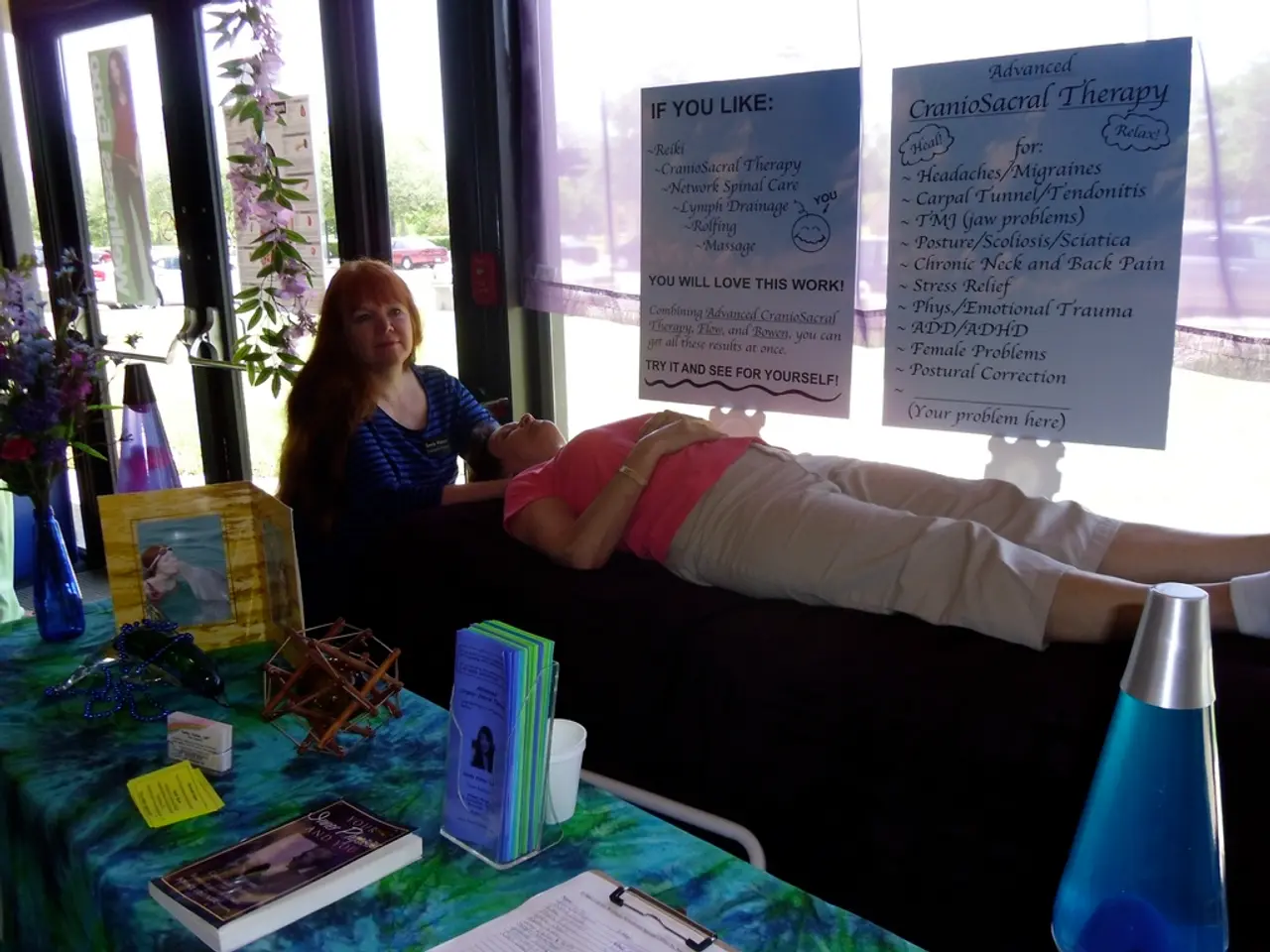Occupational therapy for multiple sclerosis: A comprehensive guide
In the management of Multiple Sclerosis (MS), occupational therapy (OT) plays a crucial role in improving a patient's quality of life. Unlike physical therapy (PT), which focuses on gross motor skills, OT is primarily concerned with fine motor skills and activities of daily living (ADLs).
For individuals with MS, OT uses a personalised approach to help them perform tasks such as feeding, dressing, grooming, and other self-care activities that require coordination and dexterity. This is achieved through a variety of exercises and strategies, including:
- Task-specific exercises that aid in regaining skills necessary for ADLs.
- Fine motor skill training such as practicing buttoning shirts or using zippers.
- Use of adaptive devices and environmental modifications to compensate for physical limitations.
- Exercises to maintain joint flexibility and reduce stiffness, for example, chair-based arm raises to keep shoulder joints mobile.
- Incorporating neuromotor training to improve coordination and balance.
- Resistance training and stretching to maintain strength and flexibility, often recommended proactively as "prehabilitation" to preserve function and empowerment.
OT also extends beyond the clinical setting. It involves modifying the environment or using adaptive equipment to enhance independence. Examples of modifications include sitting down when dressing, lowering the clothing bar in the closet, using the elbows to help support the body when eating, using two hands to hold a drink, turning down the water heater to avoid dangerously hot shower water, investing in comfortable chairs throughout the house, sliding or pushing objects rather than lifting them, using support devices such as an electric can opener, a shoehorn, a bedside toilet, and velcro shoe closures.
Moreover, OT can help a person with MS identify treatment goals specific to their life, values, and needs. By working closely with the patient, an occupational therapist can help a person live better, feel more independent, and reduce their risk of injury. A person with MS can ask a doctor for a referral to an occupational therapist and should be honest and specific about their goals when discussing a treatment plan with the therapist.
Research suggests that the life expectancy of people with MS is only slightly shorter than that of the general population. However, people with MS have higher mortality rates due to infectious diseases and diseases of the respiratory system. Therefore, it is essential to maintain a holistic approach to managing MS, incorporating OT alongside medications, lifestyle changes such as quitting smoking, and treatment of any underlying disease processes that worsen the effects of MS.
References: [1] Mayo Clinic. (2021). Multiple sclerosis: Occupational therapy. https://www.mayoclinic.org/diseases-conditions/multiple-sclerosis/in-depth/occupational-therapy/art-20046210 [2] National Multiple Sclerosis Society. (n.d.). Exercise and physical activity. https://www.nationalmssociety.org/Treating-MS/Managing-Symptoms/Physical-Health/Exercise-and-Physical-Activity [3] American Occupational Therapy Association. (n.d.). Occupational therapy practice framework: Domain and process. https://www.aota.org/-/media/corporate/files/practice/otpf4/otpf4-framework.pdf?la=en&hash=3747E8813859F0A637E9F533A828677E649E0C76
- Multiple treatmentseekers with Multiple Sclerosis (MS) can benefit from the established therapies and treatments, including physicaltherapy and occupational therapy (OT).
- While both PT and OT play significant roles in managing chronic diseases like MS, OT primarily focuses on assisting personas with MS to perform day-to-day activities and maintain their health-and-wellness.
- Through multiple strategies such as task-specific exercises, fine motor skill training, and modifications to the environment or using adaptive equipment, OT aims to help persons with MS live a more independent life.
- OT is an essential component of the holistic approach to managing MS, which also includes medications, lifestyle changes, and treatment of underlying medical-conditions.
- People with MS should not hesitate to seek OT; they can ask their doctors for a referral to an occupational therapist and should be honest about their goals to achieve the best results.
- Research demonstrates that while the life expectancy of people with MS is similar to the general population, they are at higher risk of mortality due to infectious diseases and respiratory system diseases.
- Adopting a multidimensional approach encompassing science, OT, and medical-conditions management is crucial for managing chronic neurological disorders like MS and enhancing the quality of life for those affected.




